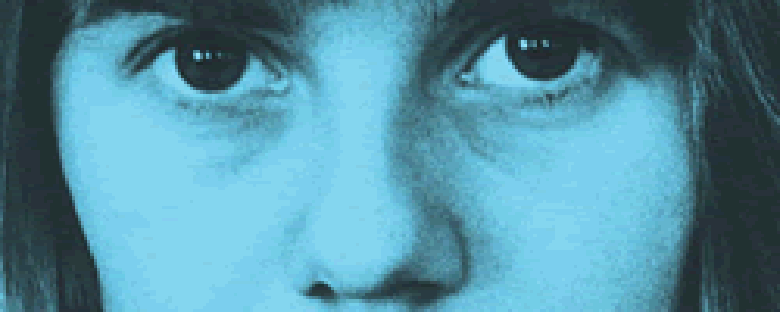Reviews
Jag Är Nyfiken – Bla
Vilgot Sjöman
Sweden, 1968
Credits
Review by Rumsey Taylor
Posted on 11 July 2004
Source The Criterion Collection DVD
Released in succession following Yellow, I am Curious – Blue was not met with a reception similar to its predecessor, and has gone virtually unseen in the US since its release.
The film opens in a manner similar to Yellow: chanting voices are heard demanding that the film be bought. There is a veiled tactic to this humor. Both films draw attention to radical politics, and the chanting (“Buy our film!”) is a request for the viewer to subscribe to the film’s political aims.
Yellow’s attack on the Swedish class system is supplanted with commentary on sexual roles and religion in Blue. There is a central, extended sequence involving Lena and a discussion with a devout teenage male. As with most of her subjects, the male — though tied firmly to his politics and religion — is close-minded, or at least Lena intends to illustrate this trait. However, Lena’s discussion merely acknowledges his hypocrisy without supplying her own opinions.
For every choice Lena has a retaliation, be it abstinence for her boyfriend after she is indirectly informed of his child, and she has so many her actions become contradictive. She studies nonviolence, yet in a fantasy shoots her lover and removes his penis. Although Lena’s actions are hypocritical, they display the extent of her political interest; she is a textbook activist, and her every action is in some way reactionary.
Narratively the films are out of sequence. Actions occur in Blue that were resolved prior in Yellow. This is a curious tactic. It seems intended to individualize each film, yet they are clearly counterparts, and, if anything, only benefit from their relationship. Sjöman has stated that the films are parallel and simultaneous; blue and yellow are components of the Swedish flag, and must exist in unison.
Blue suggests that liberal thinking (available in the young and repressed) is necessary for political evolution. Its argument suggests that Sweden’s politics are stagnant; if change is necessary is arguable, yet such a change would require radical action.
Sjöman has stated that the existence of two films is because of the amount of shot footage, and as companions cohere his aims. Blue has the same characters and tone of Yellow, yet is not an extension of the previous film, only a rendition of the same treaded ground.
We don’t do comments anymore, but you may contact us here or find us on Twitter or Facebook.



